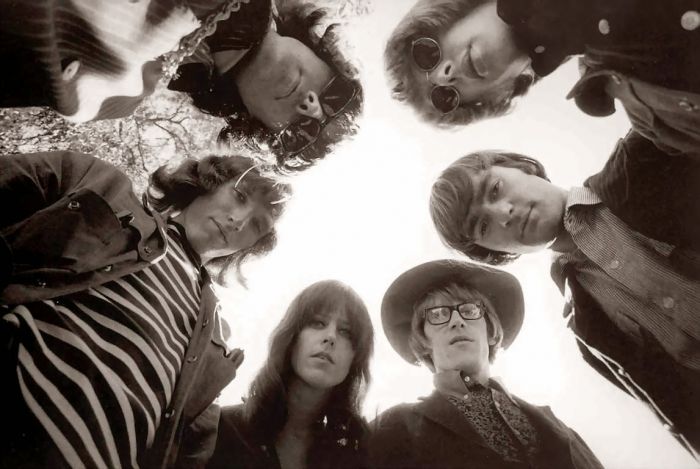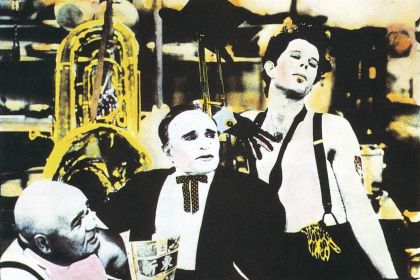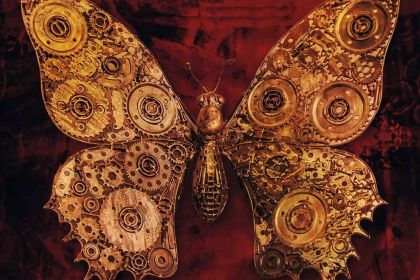Album
Surrealistic Pillow as the ultimate psychedelic experience pioneered by Jefferson Airplane

Surrealistic Pillow cover art for French issue
Released in 1967, Surrealistic Pillow was Jefferson Airplane's second album which not only set a departure point for the band's entire career but also became a milestone for the flower power movement that spilled into the events known as the San Francisco's Summer of Love.
A few weeks before the issue of Surrealistic Pillow, a thirty-thousand-people gathering known as the Human Be-In took place in Golden Gate Park where an LSD advocate Timothy Leary gave a speech, coining iconic counterculture slogan "turn on, tune in, drop out," while local bands—including Big Brother and the Holding Company, Grateful Dead, and Jefferson Airplane—provided psychedelic support for the event.
In 1966, female vocalist Grace Slick joined Jefferson Airplane to replace their departing singer and to eventually add more variety to the band's lyrics. Grace Slick, drummer Spencer Dryden, lead vocalist Marty Balin, guitarist-vocalist Paul Kantner, lead guitarist Jorma Kaukonen, and bassist Jack Casady formed the best-known line-up of the group which would keep stable till the early 1970s.
It is reported that the album title was inspired by the comment "as surrealistic as a pillow is soft" given by Jerry Garcia, the legendary founder of the Grateful Dead, who was also credited on Surrealistic Pillow album jacket as Jefferson Airplane's "spiritual advisor."
The album's two singles, Somebody to Love and White Rabbit, featured Grace Slick's vocals and became de facto anthems for the Summer of Love. Both singles are also the most recognizable songs of the band, even though Somebody to Love is technically a cover of the song with the same title written by Darby Slick for his rock band The Great Society in which Grace was the vocalist prior to joining Jefferson Airplane. Curiously, Jefferson Airplane's version of the song peaked at No. 5 on Billboard Hot 100 and was later ranked No. 274 by Rolling Stone magazine on their list of the 500 Greatest Songs of All Time.
Watch Jefferson Airplane perform Somebody to Love at Woodstock Music & Art Fair in 1969:
Practically soaked with the surreal aesthetics of Alice's Adventures by Luis Carroll, White Rabbit was written by Grace Slick while she was still the vocalist for The Great Society. It is rumored that Grace wrote the lyrics after an acid trip, directly referring to the use of psychoactive substances which were the norm for mind-expanding practices of the time.
Вeing one of the first songs with drug references to pass censorship on the radio, White Rabbit has gained strong associations with psychedelic reality which explained its apperance in dozens of mind-bending films such as Terry Gilliam's Fear and Loathing in Las Vegas, Oliver Stone's Platoon, and David Fincher's The Game.
In one of her interviews, Grace Slick mentioned Ravel's Boléro as the source for the musical idea behind White Rabbit. The song's arrangement contains a similar unchanging ostinato rhythm played on a snare drum that remains constant throughout the piece.
Listen to Jefferson Airplane's White Rabbit:
In addition to the hits, Surreal Pillow offered a wide assortment of songs strung together like gems of a motley necklace, an era-defining piece widely recognized as one of the main musical treasures of the psychedelic wave and ranked No. 146 on the 500 Greatest Albums of All Time by Rolling Stone magazine.
It should be noted that the album was produced in both stereo and mono, with the stereo version containing more distinct echo effects and the mono mix offering a drier sound.




